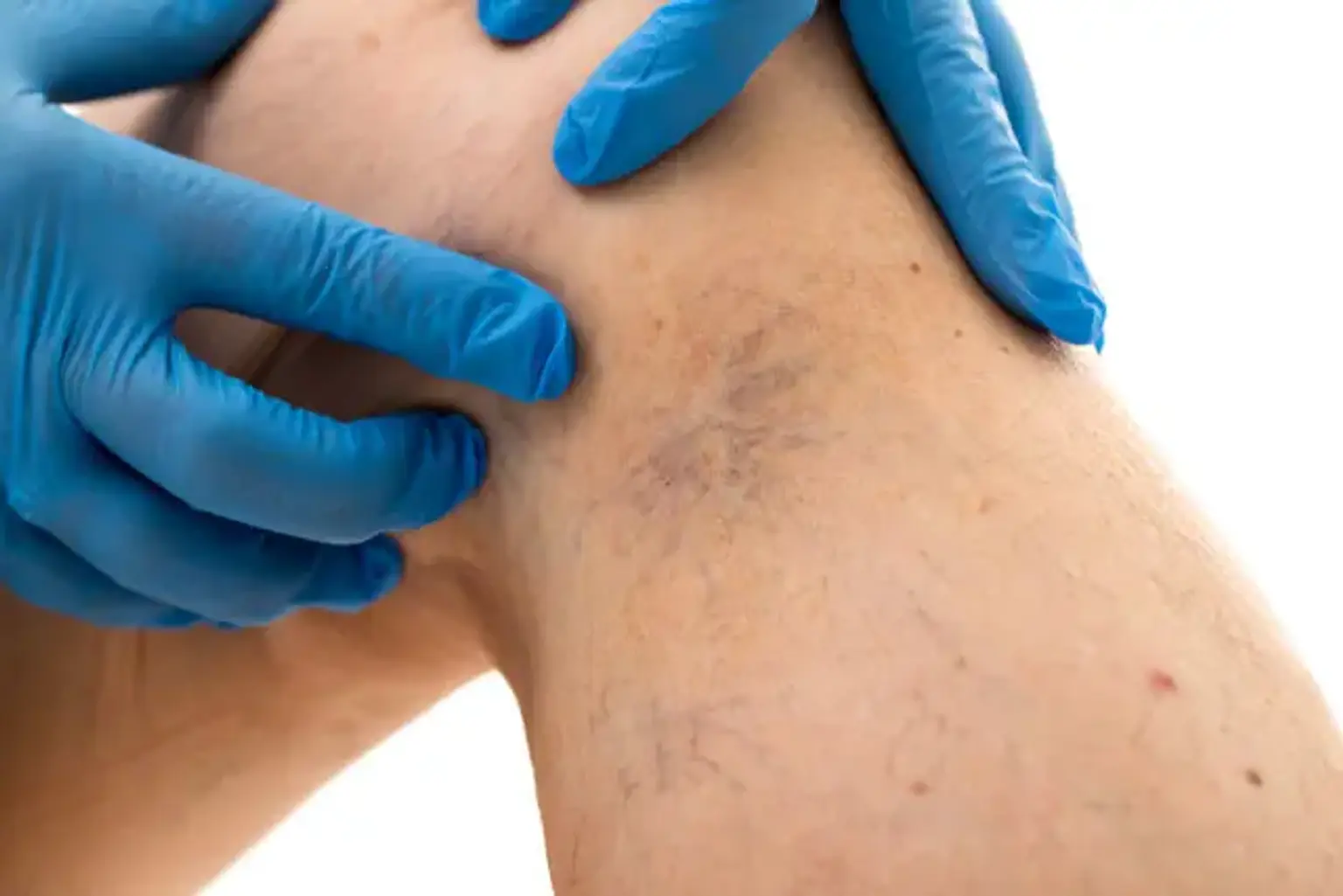Chronic Venous Insufficiency
Chronic venous insufficiency (CVI) of the lower limbs can cause a wide range of symptoms, from asymptomatic cosmetic issues to severe complaints. Telangiectasias, reticular veins, varicose veins, edema, hyperpigmentation and/or dermatitis, lipodermatosclerosis, atrophie blanche, and venous ulceration are all examples of this.
Because of an underappreciation of the magnitude and significance of the condition, as well as insufficient recognition of the many presenting signs of primary and secondary venous problems, CVI is a rather common medical problem that is often neglected by healthcare practitioners. Up to 55% of people have abnormal venous circulation in their lower limbs, while the reported prevalence of CVI completely depends on demographic studies.
CVI is associated with increasing age, family history, extended standing, obesity, smoking, sedentary lifestyle, lower extremity injuries, past venous thrombosis, the existence of an arteriovenous shunt, high estrogen situations, and pregnancy. According to a multiethnic cross-sectional study, the prevalence of CVI in the Asian population is much lower than in non-Hispanic whites, but the prevalence of CVI in South Korea is projected to rise due to likely underdiagnosis of CVI, an increase in obesity, and an older population.
